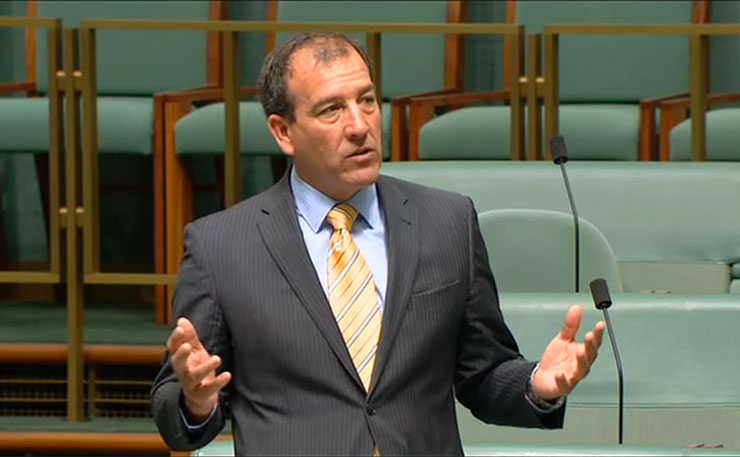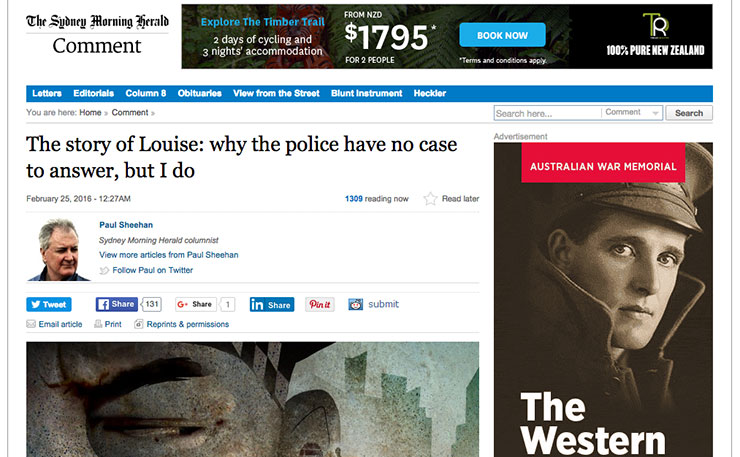Just weeks after we learned budget cuts to the Commonwealth Scientific and Industrial Research Organisation (CSIRO) will force the loss of 110 climate researchers at the agency, the Federal Government is funding a new ‘growth centre’ for the fossil fuel industry.
Christopher Pyne, the Minister for Industry, Innovation and Science, announced this week that the government will be providing $15.4 million to the oil, gas, coal and uranium sectors.
Welcome to Turnbull’s age of innovation.
The Oil, Gas and Energy Resources Growth Centre will focus on “industry-led research” – that great bastion of impartial quality – in order to expand Australia’s fossil fuel industries.
Its board will be filled by fossil fuel executives, but there may also be work for the CSIRO climate scientists.
“The Growth Centre will work closely with researchers from universities, CSIRO and Cooperative Research Centres to build links with business and industry organisations,” Pyne said.
The Federal Resources Minister, Josh Frydenberg said the centre would help position Australia’s fossil fuel industries for the next wave of investment.
Barracking for a boom, Frydenberg gushed last week that “resources is to the Australian economy what the baggy green is to Australian sport. Totemic. Iconic.”
Fossil fuels, he said, are “indispensable to our national story and synonymous with our national identity”. Well, they’re clearly less dispensable than the quality climate science that the CSIRO has long produced.
Donate To New Matilda
New Matilda is a small, independent media outlet. We survive through reader contributions, and never losing a lawsuit. If you got something from this article, giving something back helps us to continue speaking truth to power. Every little bit counts.





